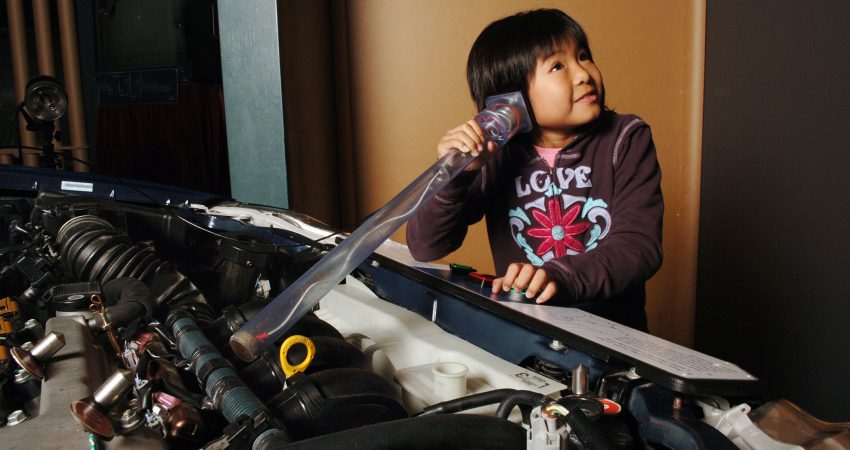
By Elaine Regan - March 2011
PAPER CITATION
Newton, L. D., & Newton, D. P. (2010). What teachers see as creative incidents in elementary science lessons. International Journal of Science Education, 32(15), 1989–2005.
Primary teachers in England recognize opportunities for creativity and score scientifically creative incidents higher compared with incidents that represented reproductive thought but showed narrow conceptions of school science creativity. More opportunities were seen in descriptive rather than explanatory science, particularly in practical over non-practical activities and practical applications over reproductive thought.
Creative thought is often a stated goal of education. It has been defined as "the ability to offer new perspectives, generate novel and meaningful ideas, raise new questions, and come up with solutions to ill-defined problems" (Beghetto, 2007), but in an educational context, the focus tends toward psychological creativity, meaning that children can be creative when they construct meaning, explanations, arguments, and procedure that are new to them. The creative process can be seen in science lessons in three ways. The first is through constructing notional scientific knowledge and the second is through constructing empirical ways of gathering knowledge. Both can be descriptive, fact-like information or explanatory science, such as cause and reasons. A third process is by applying scientific knowledge to solve a practical problem.
This study investigated teachers' ability to recognize creative incidents within a science classroom through a classroom incident scale administered to 23 primary school teachers in England covering three science topics—earth, space, and gravity; electricity; and plants and animals. The scale was devised to invite scoring on the kind of science (descriptive versus explanation), the kind of thought (reproductive versus three types of creative), and nonscientific opportunities for creativity.
The findings show that primary teachers can identify incidents of scientifically creative and reproductive thought, favor fact-seeking practical work, and the application of scientific information in problem solving when providing opportunities for creativity, thus illustrating limited conceptions of classroom science creativity. The teachers were not very generous in their scoring of the incidents (most items achieve a "moderate opportunity" rating rather than "good") and a wide range of scores show that some teachers see creativity where others do not. The authors discount that this is a result of the incidents presented in the scale over the more likely prior education of the primary teachers, as science was often not a strong feature.
The study has implications for providers of both teacher training and continuing professional development to illustrate a wide variety of scientifically creative thought processes in the classroom and to challenge conceptions of science in order to assist with recognizing and providing creative opportunities for students.




